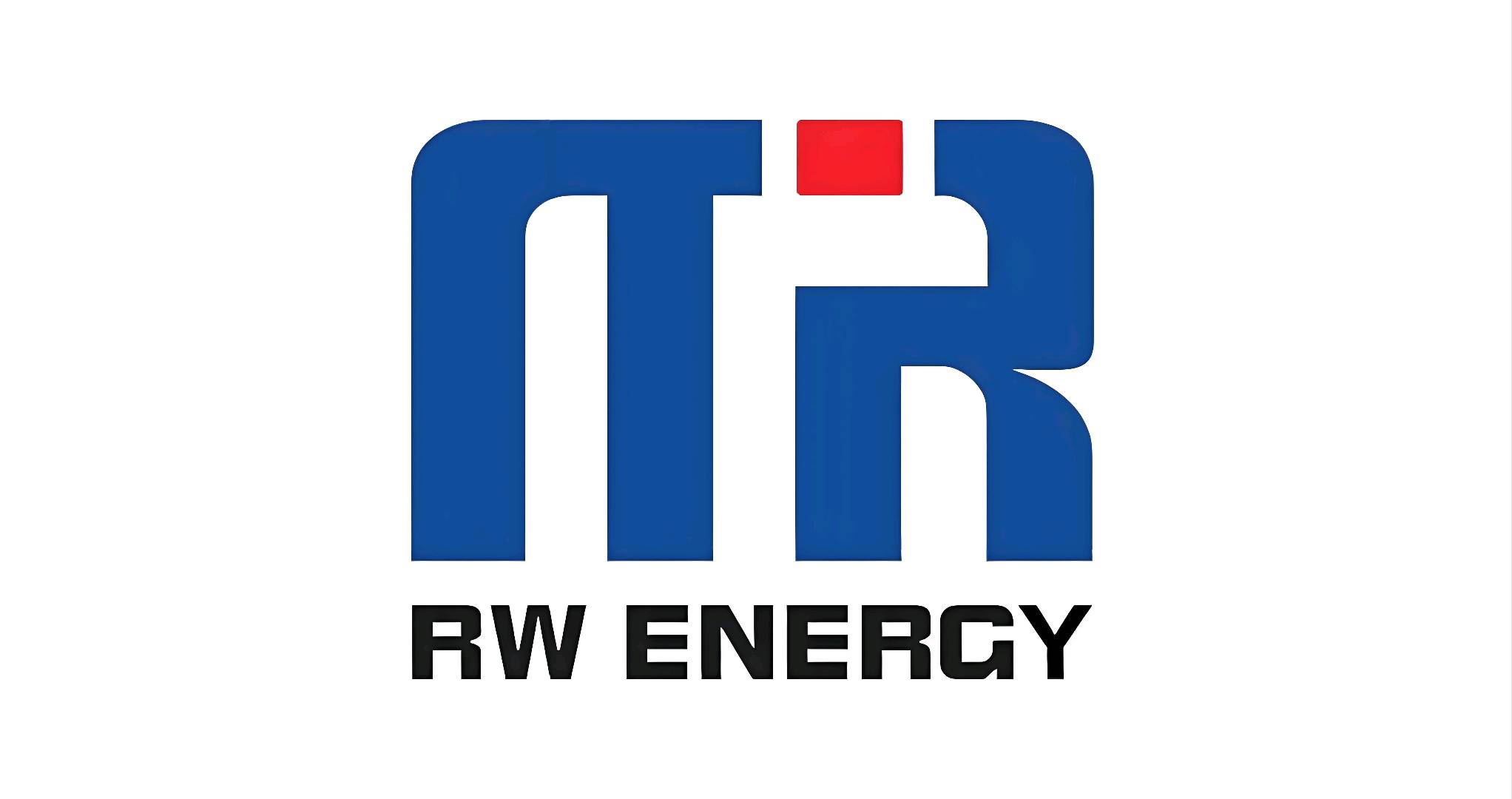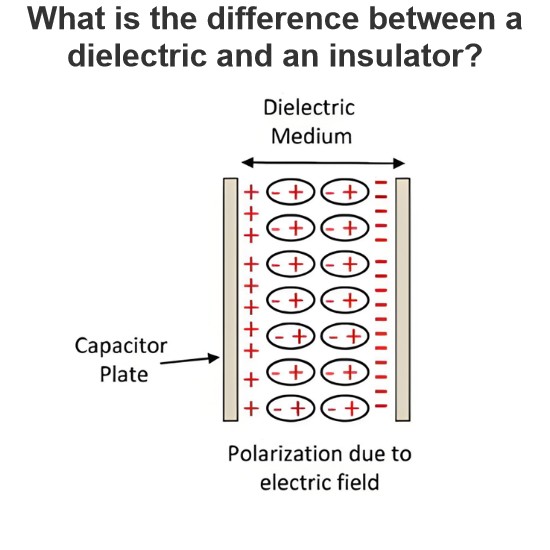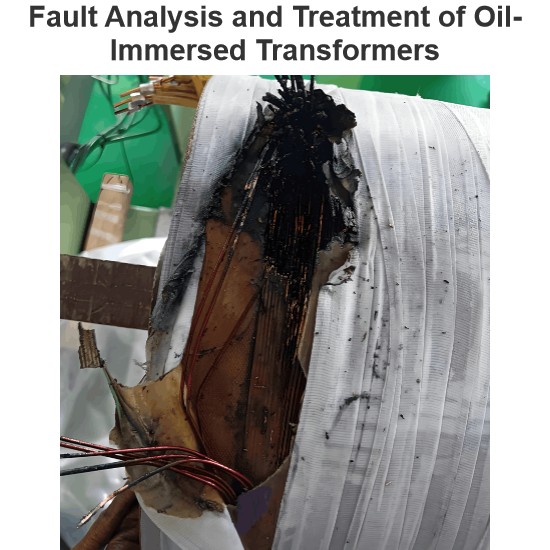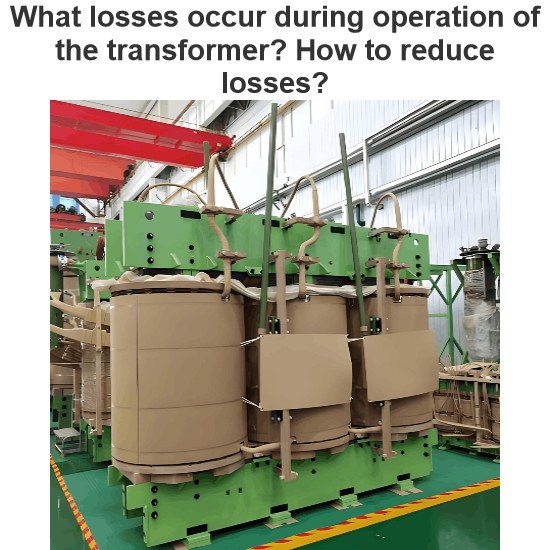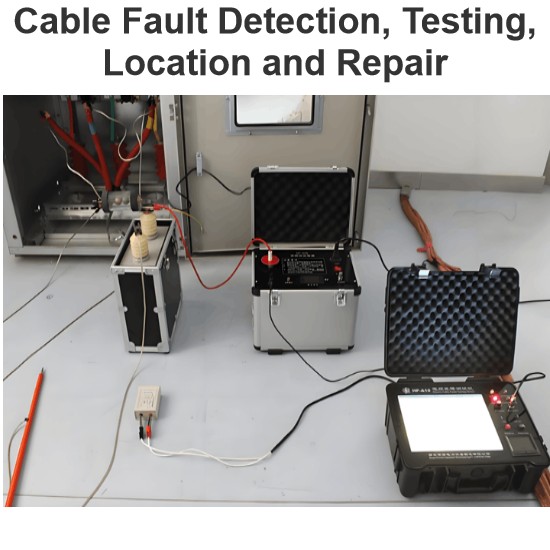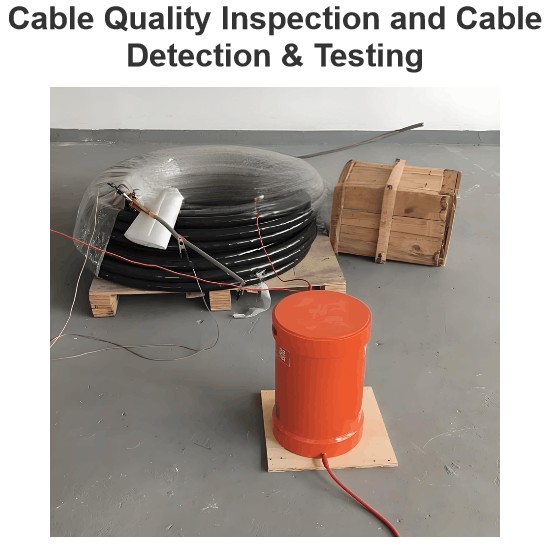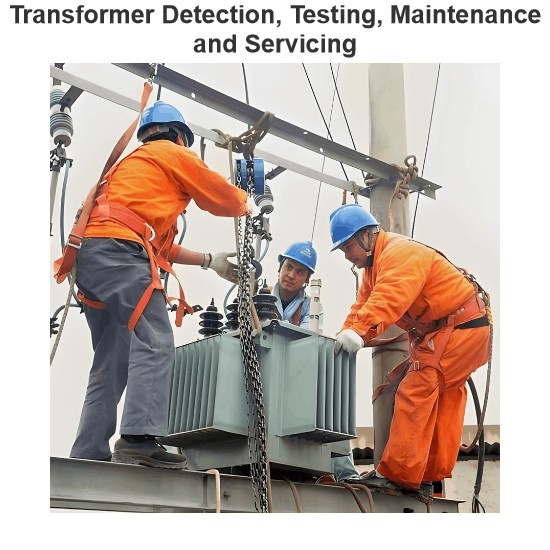| Brand | RW Energy |
| Model NO. | Stacked energy storage battery |
| Energy storage capacity | 4.8kWh |
| Cell quality | Class B |
| Parallel number | 6 sets |
| Series | Residential energy storage |
Stacked energy storage battery

Peculiarity:
High energy density.
Equipped with BMS battery management system, longer cycle life.
Beautiful appearance; Free stack combination, easy to install.
The panel integrates a variety of interfaces, supports multiple protocols, and ADAPTS to most photovoltaic inverters and energy storage converters.
Can be customized adjustment management battery charging and discharging strategy.
Modular design, easy maintenance.
Technical parameter:
Product model |
S48100 |
|
Battery type |
LiFePO4 3.2V 100AH |
|
Battery capacity |
4.8kWh |
5.12kWh |
Rated discharge current |
50A |
50A |
Maximum discharge current |
100A |
100A |
Voltage range |
40.5~54V |
43.2~57.6V |
Standard battery unit voltage |
48V |
51.2V |
Maximum DC charging voltage |
54V |
57.6V |
Maximum charging current |
50A |
50A |
Single Cluster Battery Pack |
15S1P |
16S1P |
Maximum output power |
5KW |
5KW |
Communication interface |
RJ45X2 RS485/232X2 CANX2 |
|
Power battery interface |
BAT+ X2 BAT- X2 |
|
Battery life |
Loop 3000~6000次@DOD 80%/25℃/0.5C |
|
Maximum number of parallel machines |
15 |
|
Cooling mode |
Natural cooling |
|
Protection |
Over (under) voltage protection/over current protection/over temperature protection/over discharge protection/short circuit protection |
|
Operating environment |
Temperature: -30~50℃ Humidity: 20~95RH% |
|
Maximum working altitude |
2500m(> 2000m load reduction required) |
|
Fire protection installation |
Heptafluoropropane gas fire extinguishing device |
|
Class of protection |
IP20 |
|
Communication mode |
Default: RS485/RS232/CAN Optional: WiFi/4G/ Bluetooth |
|
NOTE:
The A-class cell can charge and discharge 6000 times, and the B-class cell can charge and discharge 3000 times, and the default discharge ratio is 0.5C.
Class A cell warranty 60 months, Class B cell warranty 30 months.
What is a stacked energy storage battery?
Energy storage battery systems are an important part of modern power grids and renewable energy systems. They can store electrical energy during periods of low power demand and release electrical energy during peak demand periods, thereby balancing grid loads and improving energy utilization efficiency.
Modular design:Stacked energy storage batteries usually adopt modular design. Each module is an independent energy storage unit that can be used alone or in combination with other modules.
Flexible expansion:Users can increase or reduce the number of modules according to actual needs, and easily expand or reduce the capacity of the energy storage system.
Unified control system:The entire energy storage system is managed through a unified control system to ensure coordinated work between various modules.
